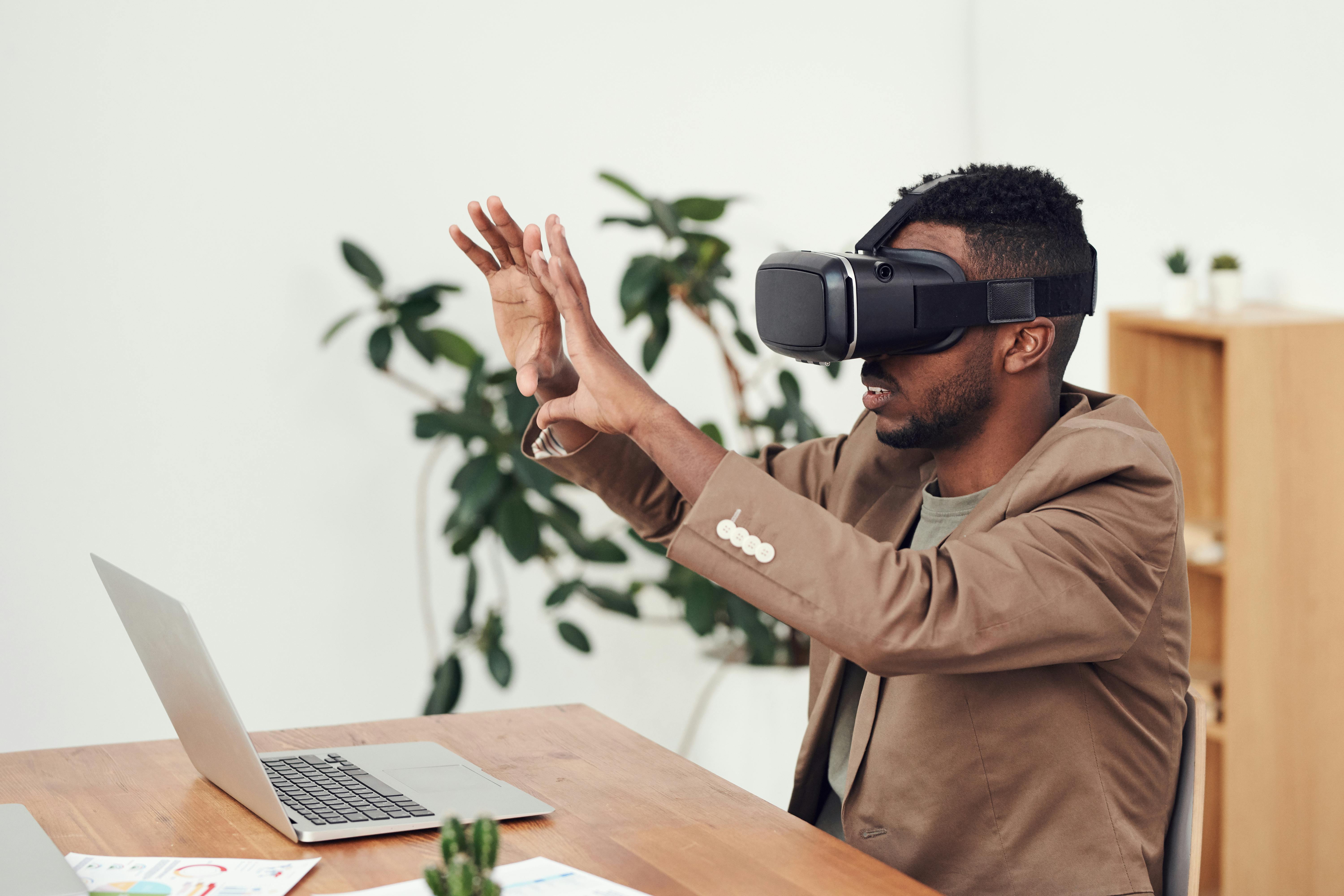Merging the Physical and Digital: The Rise of Augmented Reality in Everyday Tech
Augmented Reality (AR) is breathing new life into our digital experiences, seamlessly blending physical and virtual worlds. With tech giants investing heavily in AR, we're about to witness a significant shift in how we interact with technology. This article will delve into the history of AR, its current applications, and how it might redefine the future of tech.

A Walk Down Memory Lane: AR’s Humble Beginnings
The concept of Augmented Reality dates back to 1968 when Harvard professor Ivan Sutherland developed a head-mounted display system that could overlay virtual information onto the physical world. However, AR remained a niche field for decades. The term “Augmented Reality” was coined only in 1990 by Tom Caudell, a researcher at Boeing. The early 2000s saw the first commercial applications of AR, primarily in the military and gaming industries.
AR in Today’s Digital Landscape
AR has come a long way from its inception. Today, it’s a rapidly growing field with applications across industries - from gaming and entertainment to education, healthcare, and retail. Tech titans like Apple, Google, and Microsoft are investing billions in AR, adding fuel to its growth.
Apple’s ARKit and Google’s ARCore are bringing AR to millions of smartphone users, enabling them to experience AR directly through their devices. Microsoft’s HoloLens, a standalone AR headset, takes the experience a notch higher by offering immersive, holographic content.
The Monetary Impact: AR’s Rising Market Value
Recent estimates suggest the AR market could reach $70 billion by 2023, a massive leap from just $3.5 billion in 2017. This rapid growth is driven by the increasing integration of AR in smartphones and other consumer electronics, indicating a promising future for AR tech.
The Future is Augmented
As AR becomes more sophisticated, we can expect it to become an integral part of our daily lives. From viewing a piece of furniture in your living room before purchasing it online to navigating a new city with real-time, overlaid directions, AR can transform how we interact with the world. It also has the potential to revolutionize industries like education and healthcare, offering immersive learning experiences and enabling remote surgeries.
The rise of AR is a testament to the relentless innovation in tech. As we stand on the brink of this new digital era, it’s clear that our reality is set to become augmented, and we’re just getting started.




